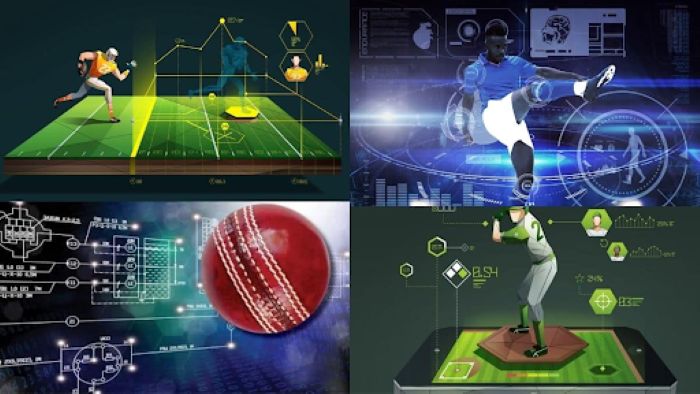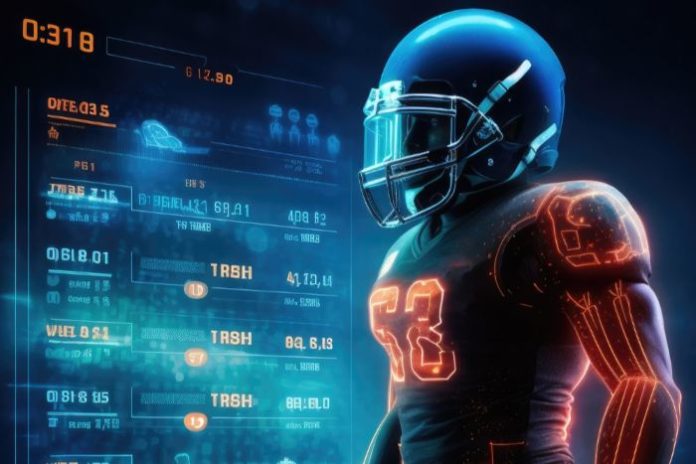The live standings have become a showcase of how far data technology has come. What used to be a static table updated once per week is now a living, breathing dashboard that reflects every goal, every win, and every shift in momentum in real time. Behind this seemingly simple table lies an intricate ecosystem of APIs, cloud infrastructure, and visualization tools that define the future of fan engagement.
Key Takeaways
- Live standings represent a revolution in sports data technology, transforming static tables into real-time, interactive dashboards.
- Technological advancements have shifted football data from manual recording to instant updates via data APIs and cloud systems.
- Engaging dashboards, like those in the Premier League, enhance fan experience through color-coded elements and real-time updates.
- The technology behind live standings now extends beyond sports, influencing finance, healthcare, and e-commerce with real-time data applications.
- Live standings symbolize how real-time technology reshapes engagement by making data immediate and interactive.
Table of contents
1. Introduction: When Sports Met Real-Time Tech
Sports and technology have always evolved hand in hand, but the last decade has accelerated that relationship dramatically. The modern fan doesn’t just watch a match – they track it, analyze it, and experience it live through an ecosystem of apps and dashboards
The intersection of technology and football is essential for the sports industry
Before the digital era, fans waited for the evening news or printed newspapers to know how their team’s ranking changed after a matchday. Now, within seconds of a goal being scored, millions of devices worldwide display the updated table. This shift represents more than convenience – it marks a revolution in how real-time data is captured, processed, and delivered to users.
2. From Static Spreadsheets to Live Dashboards
In the past, football data was recorded manually, often through static spreadsheets or internal systems that only updated at the end of each match. Data analysts or journalists would compile results and calculate points by hand, creating a natural lag between reality and information. This approach limited both speed and accuracy, leaving fans disconnected from the immediacy of the sport they loved.
Today’s dashboards eliminate that delay. They integrate directly with match data providers through live APIs, automatically calculating points, goal difference, and form indicators without human input. Every time the referee blows the whistle or a goal is scored, the data pipeline pushes updates through the cloud to front-end dashboards within seconds. The result is a system that doesn’t just show football data – it feels alive.
3. The Core Technologies Powering Real-Time Updates
Behind the seamless live standings is a multi-layered technology stack.
- Data APIs: Providers like Opta or StatsPerform collect and distribute match data in real time, transmitting everything from goals and assists to fouls and cards.
- Streaming Architecture: Systems using WebSockets, Apache Kafka, or AWS Kinesis allow this data to be streamed continuously rather than polled periodically.
- Frontend Visualization: Libraries like D3.js and frameworks such as React or Vue enable instant updates and fluid animation without reloading the page.
- Infrastructure: Scalable cloud servers and low-latency databases handle thousands of simultaneous data requests during peak match hours.
This combination allows fans worldwide to experience the table’s fluctuations as they happen, mirroring the pace of the match itself.

4. Designing for Engagement – The Premier League Live Dashboard
This section digs into how a live table, like that of the Premier League, becomes an engaging interface rather than a static list of numbers.
Take the live standings of the Premier League: columns such as Matches Played (M), Wins (W), Draws (D), Losses (L), Points (PTS), Goal-Difference (GD), and a small “form” indicator (– W/L/D over last five games) provide a rich snapshot of performance. For example, a table may show Arsenal with 22 points + 13 goal difference.
Key engagement elements include:
- Color-coded cells or rows (green for wins, red for losses) which provide instant visual cues.
- Icons or logos for clubs, making the data more personal for fans of each team.
- Live updating form indicators: A user sees not only “place #1” but the momentum behind it (e.g., W-W-W-D → recent strong run).
- Interactive filtering or sorting (home/away form, goal difference etc.) enabling deeper exploration rather than just passive viewing.
- Emotional resonance: Each change in the table (from 3rd to 2nd, from +5 to +10 goal-difference) connects with a fan’s sense of progress, surprise, or hope.
In the current live standings, Arsenal tops the table with 22 points and a +13-goal difference, while Bournemouth, Tottenham, and Sunderland trail closely behind. Each change in match results instantly reshapes the table – a single draw or defeat shifts not only rankings but also the “form” bar at the right-hand column. This “form tracker” (D–W–W–W–W) acts as a micro-visualization of momentum, helping fans see patterns at a glance.
Even small UI details, such as the green highlight for “W” or red for “L”, create emotional resonance: a run of green boxes builds optimism, while red evokes tension. Together, these micro-interactions turn the data into a narrative – a story of progression, competition, and anticipation that updates second by second.
5. Beyond Football: The Wider Business Implications
The technology that drives football’s live standings now powers industries far beyond sports. In finance, similar dashboards track stock fluctuations by the second. In healthcare, they monitor patient vitals in real time. In e-commerce, they display live order status, delivery routes, and customer metrics.
Coruzant has covered this evolution extensively – from AI-driven dashboards in business analytics to real-time data APIs shaping user experiences. What connects them all is one shared goal: turning data into action while it still matters.
6. Conclusion
The live table is more than a piece of football content – it’s a symbol of how real-time technology reshapes human experience. From static spreadsheets to automated, self-refreshing dashboards, it tells the story of immediacy, automation, and interactivity. As industries continue to embrace real-time data systems, the lesson from football is clear: when technology captures reality as it unfolds, engagement stops being passive – it becomes participation.











